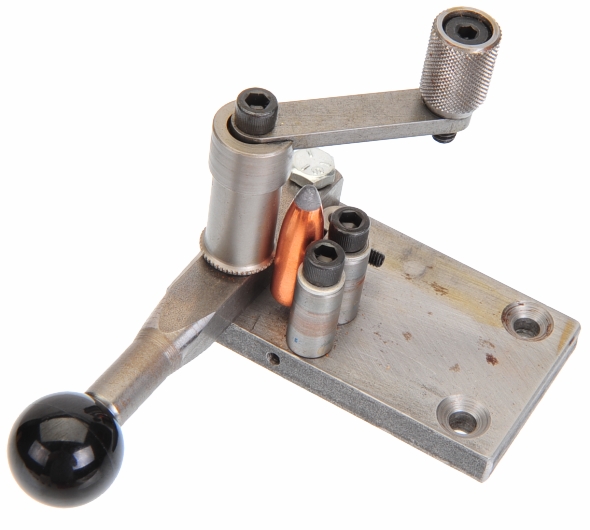Stats Shooter
New member
Well so far so good....but keep in mind it is very minor. Almost to the point of no crimp. It is just a hair more than neck tension
When I NEED a crimp, I use a factory crimp die.
Rolled or tapered crimp dies press STRIGHT DOWN on the mouth of the brass,
ALWAYS effecting the shoulder bends in the brass.
A factory crimp die presses 'IN' on the mouth from the sides, while supporting the shoulder, so you get a much more uniformed crimp pressure on the bullet.

Since you can't order cannelure exactly where you want it, you are stuck with a cartridge over all length that works with the cannelure.

Gunplummer
Never saw that before. I like the idea.
Reloadron
Pretty slick little tool.
Mississippi
That cannalure tool is slick..
Not necessarily -- especially when you have a deformable nose in ANY form (this includes SMKs if/when force is used -- ask me how I know.)the calipers you set the OAL with will work fine...
Not necessarily -- especially when you have a deformable nose in ANY form
